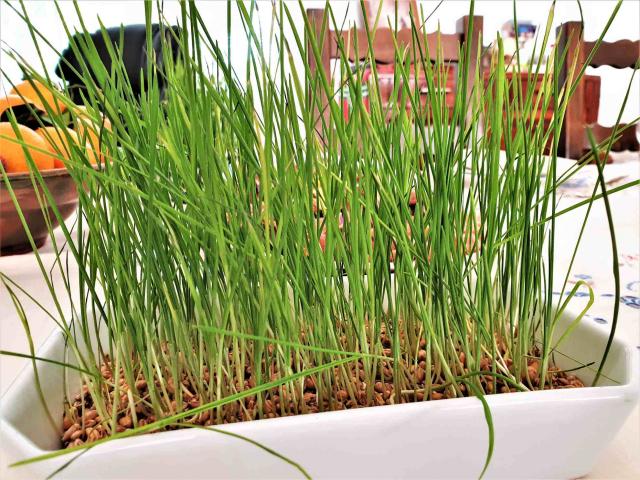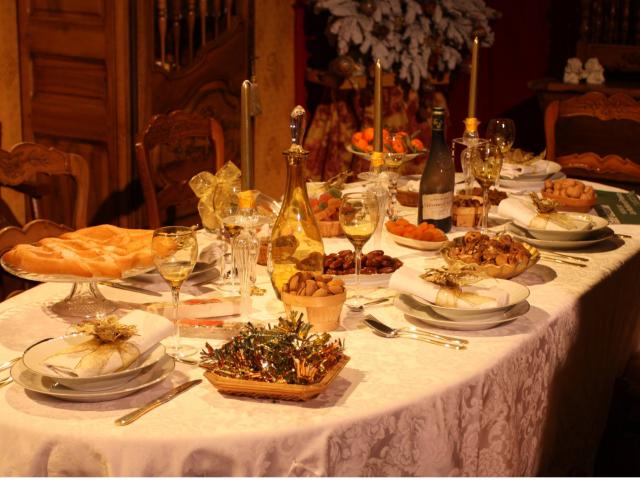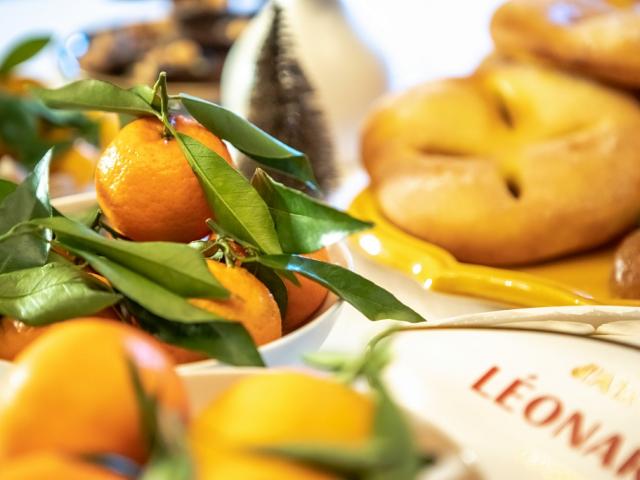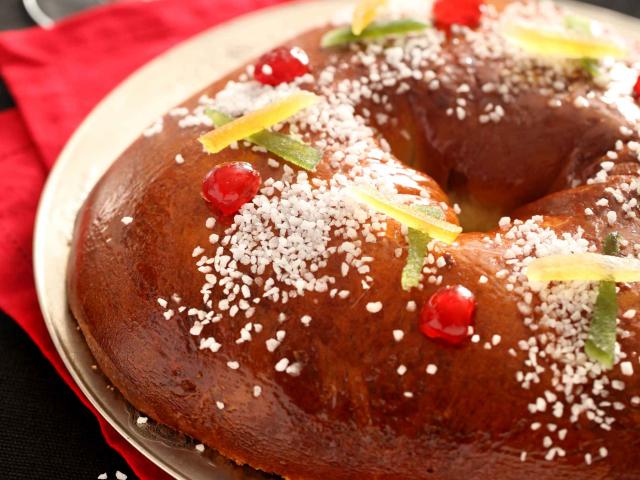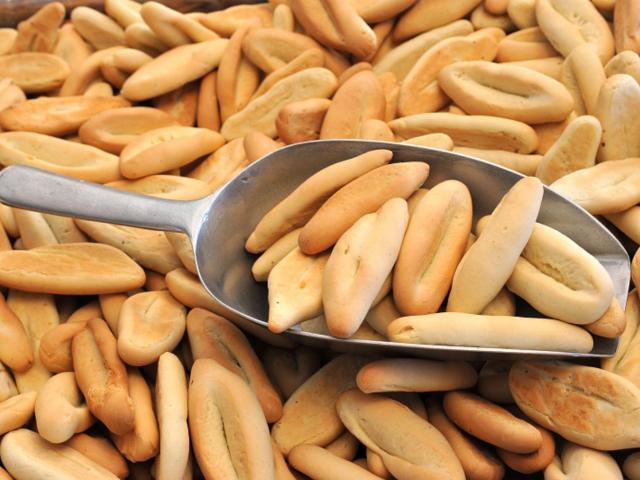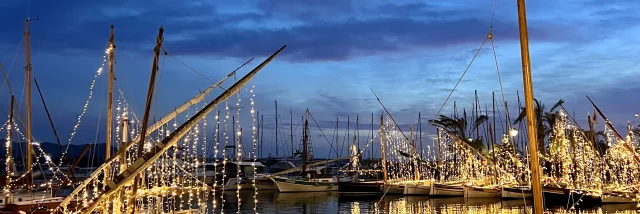December 4th marks the start of the Christmas preparations:
it’s the day when the “Wheat of Hope” is sown. How about making your own terracotta dish for Saint Barbara’s wheat? Our potters, earthenware makers and ceramists will be delighted to welcome you for a course or introductory class.
After all, the Provence-Alpes-Côte d’Azur region is a genuine capital of clay. And as the Provencal proverb goes: “A pot for the kitchen, a pitcher for water and a basket for the garden are all you need to eat”! Aubagne and the Pays de l’Etoile area, Salernes (Terra Rossa museum) and Vallauris (Ceramics museum) are local hubs of clay working. What’s more, Moustiers-Sainte-Marie has been an ambassador of earthenware since the 17th century. Numerous workshops invite you to admire our potters and ceramists hard at work turning, shaping, moulding, baking, varnishing, enamelling and decorating… Another fabulous gift idea!
